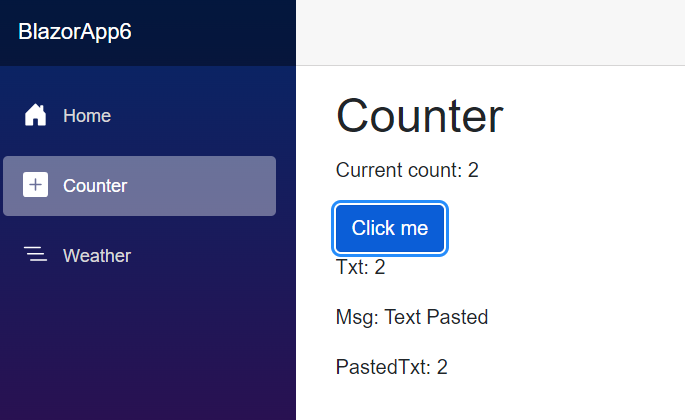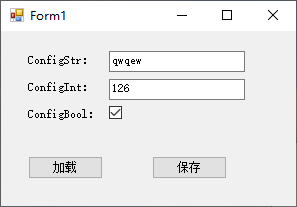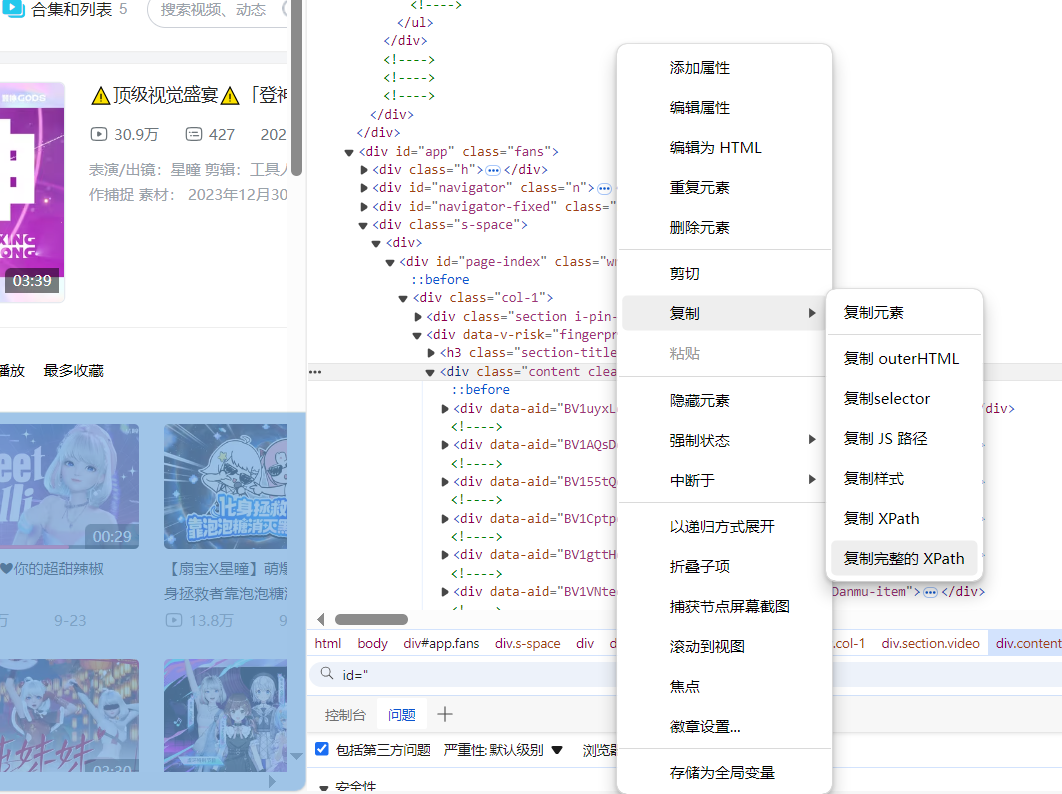近期在做一个棋牌项目,需要用到socket传输protobuf字节流,在网上找了一些博客和文章后发现,没有特别全面的,所以把自己研究的全部源码拿出来和大家分享,因为刚开始做,可能会有不足的地方,欢迎拍砖~~
这一篇主要是protocol buffer文件的序列化和解析,废话不多说了,直接上干货
1 /// <summary> 2 /// 将消息序列化为二进制的方法 3 /// </summary> 4 /// <param name=model>要序列化的对象</param> 5 public static byte[] Serialize(IExtensible model) 6 { 7 try 8 { 9 //创建流对象10 MemoryStream ms = new MemoryStream()11 //使用ProtoBuf自带的序列化工具序列化IExtensible对象12 Serializer.Serialize<IExtensible>(ms, model);13 //创建二级制数组,保存序列化后的流14 byte[] bytes = new byte[ms.Length];15 //将流的位置设为016 ms.Position = 0;17 //将流中的内容读取到二进制数组中18 ms.Read(bytes, 0, bytes.Length);19 return bytes;20 }21 catch (Exception e)22 {23 Debug.Log(序列化失败: + e.ToString());24 return null;25 }26 }
protobuf文件中的每一条message经过protocol buffer提供的ProtoGen工具可以转成c#的中的类,例如
经过转化后就变成了
1 [global::System.Serializable, global::ProtoBuf.ProtoContract(Name=@SedReq)] 2 public partial class Test : global::ProtoBuf.IExtensible 3 { 4 public test() {} 5 6 private string _test1; 7 [global::ProtoBuf.ProtoMember(1, Isrequired = true, Name=@test1, DataFormat = global::ProtoBuf.DataFormat.Default)] 8 public string test1 9 {10 get { return _test1; }11 set { _test1 = value; }12 } 13 private string _test2;14 [global::ProtoBuf.ProtoMember(2, Isrequired = true, Name=@test2, DataFormat = global::ProtoBuf.DataFormat.Default)]15 public string test216 {17 get { return _test2; }18 set { _test2 = value; }19 }20 private global::ProtoBuf.IExtension extensionObject;21 global::ProtoBuf.IExtension global::ProtoBuf.IExtensible.GetExtensionObject(bool createIfMissing)22 { return global::ProtoBuf.Extensible.GetExtensionObject(ref extensionObject, createIfMissing); }23 }
无视所有带global的代码,你会发现,转化后的c#类和一个标准的c#实体类一模一样,并且,这些转化后的类都继承至ProtoBuf.IExtensible,所以上文中的序列化函数的参数的类型是IExtensible
有了序列化,当然还需要反序列化,也就是讲byte[]反序列化为继承至IExtensible的类型的对象
1 /// <summary> 2 /// 将收到的消息反序列化成IExtensible对象 3 /// </summary> 4 /// <param name=msg>收到的消息的字节流.</param> 5 /// <returns></returns> 6 public static T DeSerialize<T>(byte[] bytes) where T : IExtensible 7 { 8 try 9 {10 MemoryStream ms = new MemoryStream()11 //将消息写入流中12 ms.Write(bytes, 0, bytes.Length);13 //将流的位置归014 ms.Position = 0;15 //反序列化对象16 T result = Serializer.Deserialize<T>(ms);17 return result;18 }19 catch (Exception e)20 {21 Debug.Log(反序列化失败: + e.ToString());22 return null;23 }24 }
因为反序列化后的对象是继承至IExtensible的类的对象,所以返回值必须使用泛型约束来定义,这样才能保证函数的通用性
工具搞定,接下来就是测试代码了
1 public void test()2 {3 Test test = new test() { test1 = 123, test2 = 456 };4 byte[] bytes = Serialize(test);5 Test test2 = DeSerialize<Test>(bytes);6 Debug.Log(test2.test1 + test2.test2);7 }
输出结果 123456
附上protobuf-net.dll文件
预编译和转化工具




